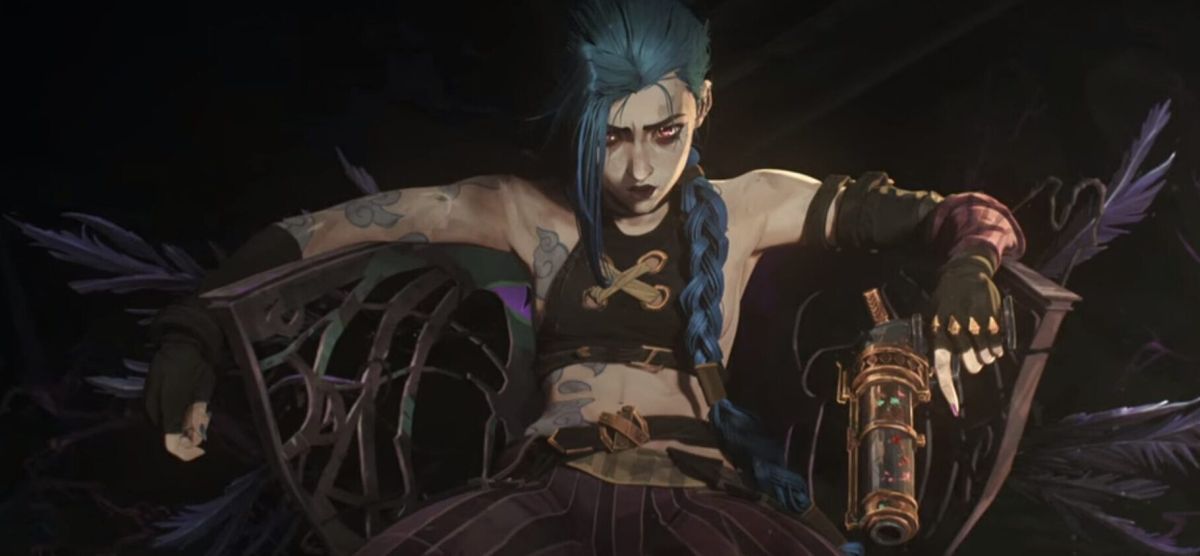★★★
“Certainly lives up to its title.”
 No-one does low-budget hyperviolence like the Japanese. Whether it’s pseudo-snuff like Guinea Pig: Flower of Flesh and Blood, or more fantastical entries such as Mutant Girls Squad, there have likely been more memorable entries from that country than any other. Note my use of the word “memorable”, as distinct from “good”, since they aren’t the same. I’d be hard pushed to recommend this to anyone, unless I knew they were predisposed to microbudget horror of a particularly savage type. I probably won’t ever watch it again. But I have to say this: I will remember it. As will Chris, who came in for the denouement, and was literally jaw-dropped by what she saw. I’m not going to spoil it, so apologies if some of what follows is a little vague.
No-one does low-budget hyperviolence like the Japanese. Whether it’s pseudo-snuff like Guinea Pig: Flower of Flesh and Blood, or more fantastical entries such as Mutant Girls Squad, there have likely been more memorable entries from that country than any other. Note my use of the word “memorable”, as distinct from “good”, since they aren’t the same. I’d be hard pushed to recommend this to anyone, unless I knew they were predisposed to microbudget horror of a particularly savage type. I probably won’t ever watch it again. But I have to say this: I will remember it. As will Chris, who came in for the denouement, and was literally jaw-dropped by what she saw. I’m not going to spoil it, so apologies if some of what follows is a little vague.
The film is divided into three sections, and after the first one, called “Man”, you’ll be wondering what the hell it’s doing here. For it is a look at the work of a male serial killer (Butch), who kidnaps and tortures women. That’s basically it, for twenty minutes, and the director believes in getting as up close and personal as possible here, with many of the shots being literally “in the face” of either perpetrator or victim. This certainly enhances the claustrophobic intensity, though I could have done without the shaky-cam attempt to establish its cinema verite credentials. “Do you understand what I’m doing?” he demands of his prisoners. Sadly, the correct answer of “No, because you’re a loony” is never given.
Things get more interesting and relevant in the second section, “Woman”, where the roles are reversed. An unnamed woman (Ayano) honey-traps men back to her room, where she kills them. She has a particular fondness for repeated and enthusiastic stabbings in the crotch, which had me shifting uncomfortably on my chair. She’s also rather more psychologically inclined, conversing with her victims, rather than interrogating them. Though eventually, she brings home someone (Nishina) who is aware of her murderous intentions, and is intent on stopping her. The result is a bloody battle – again, shot in close-up – which swings one way then the other, before our “heroine” [quotes rarely used more advisedly] eventually prevails.
This sets up the third and final act, probably inevitably titled “Man and Woman”, in which the two killers cross paths. She follows him to his flat, apparently aware of his tendencies – how is never made clear. Barely have they crossed the doorstep before battle is joined. And if you thought the previous fight was vicious… Hoo-boy. This ends in a double-whammy of revelations, which make sense in one way – they’re clearly perfect for each other – but count among the more batshit crazy things I’ve ever seen. And I’ve seen some things. While it is somewhat poignant, we know so little about any of the people involved (how could we learn much, given it’s barely an hour between opening and closing credits), the emotional impact is limited. Brutal though? Definitely.
Dir: Takashi Hirose
Star: Butch, Ayano, Takashi Nishina, Katrina Grey





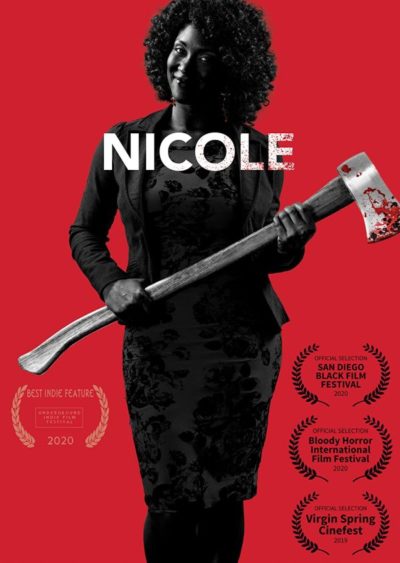 If you came into this with absolutely no previous knowledge (including the poster on the right!), you’d be forgiven if you spent the first forty minutes thinking this was an independent drama about the perils of professional dating life in the big city. Then, suddenly, it’s
If you came into this with absolutely no previous knowledge (including the poster on the right!), you’d be forgiven if you spent the first forty minutes thinking this was an independent drama about the perils of professional dating life in the big city. Then, suddenly, it’s 
 Mary (Dubasso) is drugged and raped by three members of the football team at a college party. Believing neither the college authorities nor the police will do anything, she turns to cousin Maggie (Swan) for help, because her relative is a member of the all-female Dark Moon motorcycle gang (eloquent slogan: “Eat my pussy”). Run by Trygga (McIntosh), they take revenge on the rapists, branding their catchphrase on the perpetrator’s asses, and leaving them in full view on the college campus. The fraternity boys don’t take this kindly, and strike back, causing things to escalate towards an all-out war. Complicating matters are Maggie’s increasing feelings for Brian (Boneta), one of the team, though uninvolved in the rape.
Mary (Dubasso) is drugged and raped by three members of the football team at a college party. Believing neither the college authorities nor the police will do anything, she turns to cousin Maggie (Swan) for help, because her relative is a member of the all-female Dark Moon motorcycle gang (eloquent slogan: “Eat my pussy”). Run by Trygga (McIntosh), they take revenge on the rapists, branding their catchphrase on the perpetrator’s asses, and leaving them in full view on the college campus. The fraternity boys don’t take this kindly, and strike back, causing things to escalate towards an all-out war. Complicating matters are Maggie’s increasing feelings for Brian (Boneta), one of the team, though uninvolved in the rape.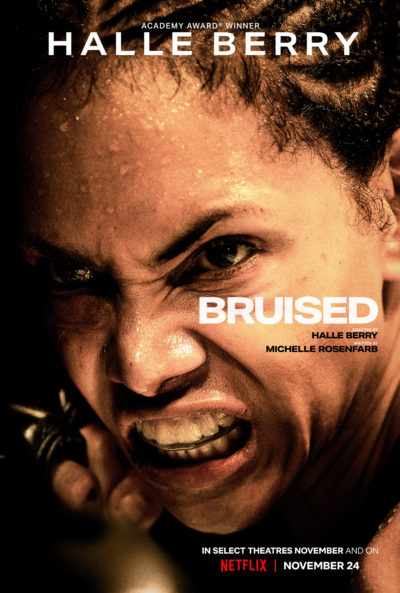 Halle Berry was born the same year I was. There is, however, just one of us that is capable of convincingly playing the role of a mixed martial artist. To give you another yardstick, the lead in this was originally going to go to Mrs. Ryan Reynolds, Blake Lively (
Halle Berry was born the same year I was. There is, however, just one of us that is capable of convincingly playing the role of a mixed martial artist. To give you another yardstick, the lead in this was originally going to go to Mrs. Ryan Reynolds, Blake Lively (
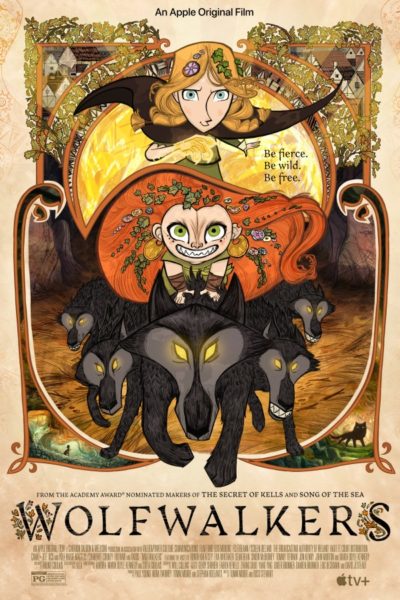
 Whenever the Olympics are on, we love watching the weird sports that never get covered the rest of the time. That means things like handball, archery and fencing, so I was particularly interested by this Russian film, based around the quest for gold in the women’s sabre event. While it does struggle to move past the usual cliches of sports films, it’s done with enough energy to work. The two protagonists are Aleksandra Pokrovskaya (Khodchenkova), a veteran coming to the end of a long, successful career, and Kira Egorova (Miloslavskaya), a brash teenager who arrives on the scene with a blast, and whose unconventional style causes fits among other fencers. Aleksandra has one final crack at the prize which has eluded her – an Olympic gold – but Kira poses an unprecedented threat to that ambition.
Whenever the Olympics are on, we love watching the weird sports that never get covered the rest of the time. That means things like handball, archery and fencing, so I was particularly interested by this Russian film, based around the quest for gold in the women’s sabre event. While it does struggle to move past the usual cliches of sports films, it’s done with enough energy to work. The two protagonists are Aleksandra Pokrovskaya (Khodchenkova), a veteran coming to the end of a long, successful career, and Kira Egorova (Miloslavskaya), a brash teenager who arrives on the scene with a blast, and whose unconventional style causes fits among other fencers. Aleksandra has one final crack at the prize which has eluded her – an Olympic gold – but Kira poses an unprecedented threat to that ambition. 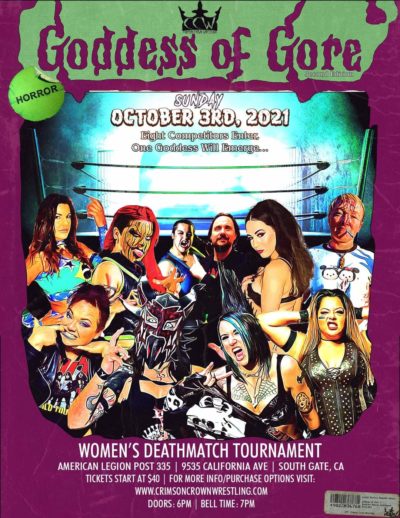 Which brings us to CCW’s Goddess of Gore 2, held at American Legion Post #335 in South Gate, California, on October 3rd, before a crowd of… dozens. Okay, that is a bit snarky. We have worked for and patronize a lot of independent federations locally, and the crowd for them is typically along similar lines, between one and two hundred. That is a bit sad, because given what the participants go through, they deserve more. Then again, tickets for this show started at forty bucks, which is easily twice the price of what we’d pay here in Arizona. Maybe, like petrol, professional wrestling just costs more in California.
Which brings us to CCW’s Goddess of Gore 2, held at American Legion Post #335 in South Gate, California, on October 3rd, before a crowd of… dozens. Okay, that is a bit snarky. We have worked for and patronize a lot of independent federations locally, and the crowd for them is typically along similar lines, between one and two hundred. That is a bit sad, because given what the participants go through, they deserve more. Then again, tickets for this show started at forty bucks, which is easily twice the price of what we’d pay here in Arizona. Maybe, like petrol, professional wrestling just costs more in California.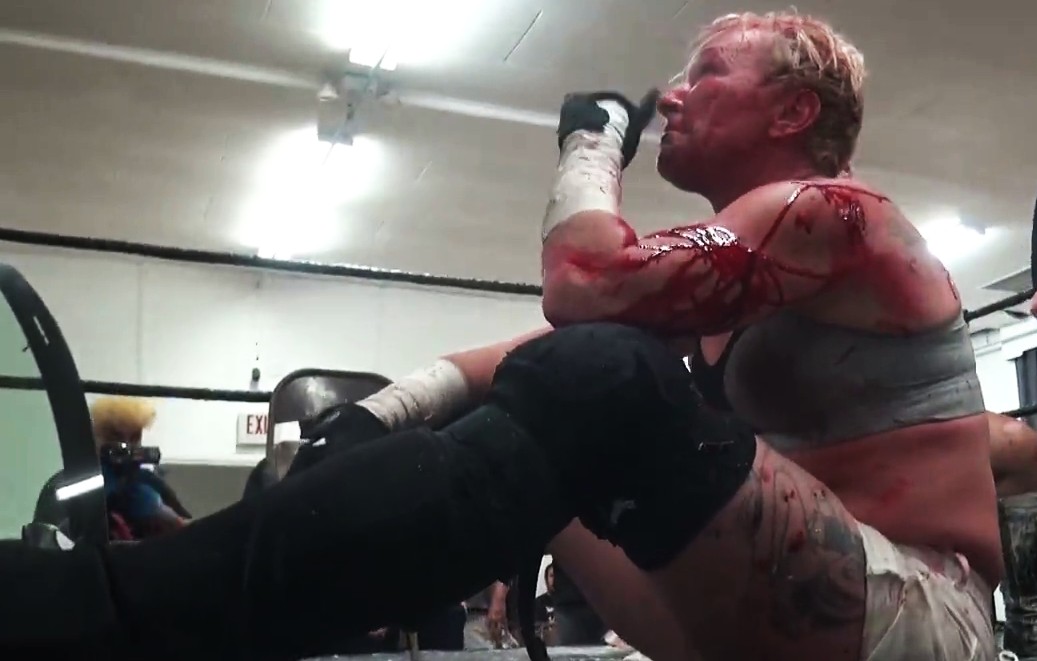
 I’ve never played League of Legends, but the good news is, you don’t need to, in order to enjoy Arcane. While that may provide some extra depth, it works perfectly well on its own. There is a degree of over-familiarity with the high-level scenario, which is Generic Fantasy Plot #3. Per Wikipedia’s premise, “Amidst the escalating unrest between the advanced, utopian city of Piltover and the squalid, repressed undercity of Zaun…” Yeah, it’s class war time again, cut from the same basic stamp as
I’ve never played League of Legends, but the good news is, you don’t need to, in order to enjoy Arcane. While that may provide some extra depth, it works perfectly well on its own. There is a degree of over-familiarity with the high-level scenario, which is Generic Fantasy Plot #3. Per Wikipedia’s premise, “Amidst the escalating unrest between the advanced, utopian city of Piltover and the squalid, repressed undercity of Zaun…” Yeah, it’s class war time again, cut from the same basic stamp as 